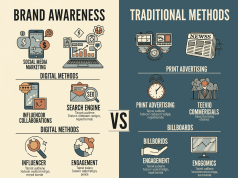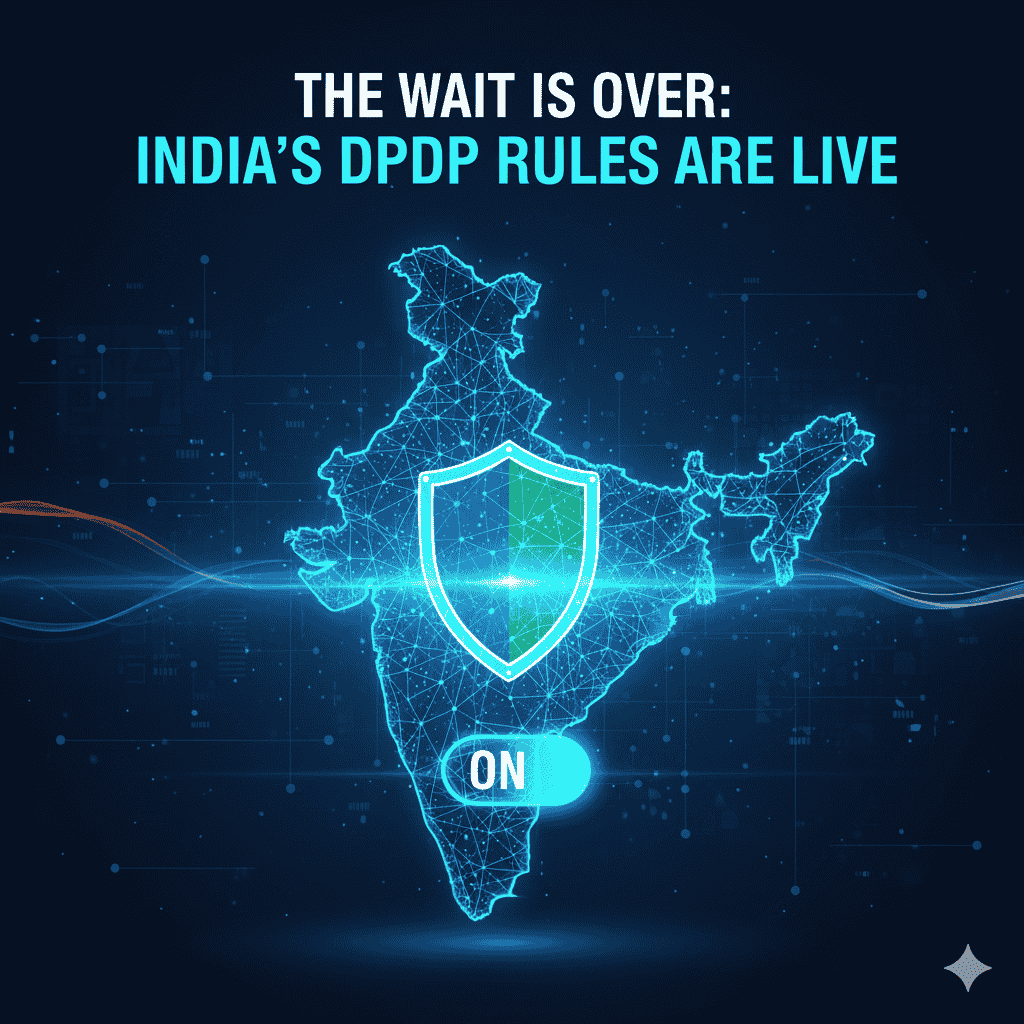In an age where consumers are bombarded with advertisements at every turn, the art of storytelling has emerged as a powerful tool for brands to capture attention and foster emotional connections. The effectiveness of storytelling in advertising transcends traditional marketing; it creates an immersive experience that resonates with audiences on a deeper level. This article explores the significance of storytelling in advertising, its impact on consumer behavior, and practical strategies brands can employ to weave compelling narratives.
The Essence of Storytelling
At its core, storytelling is about communication. It allows brands to convey their values, mission, and product benefits in a relatable way. Unlike straightforward advertisements that focus solely on promoting a product’s features, storytelling invites consumers into a narrative that evokes emotions and prompts reflection.
Emotional Engagement
Research shows that consumers are more likely to remember and engage with stories than with mere facts. Stories tap into human emotions, creating a sense of empathy and connection. Whether it’s a tale of overcoming adversity, a heartfelt moment, or even a humorous anecdote, these narratives elicit feelings that linger long after the ad is forgotten.
For example, Nike’s "Just Do It" campaigns often showcase athletes’ journeys, highlighting their struggles and triumphs. Through powerful storytelling, Nike not only promotes its products but also inspires its audience, strengthening brand loyalty in the process.
Building Brand Identity
Storytelling helps brands establish their identity. A well-crafted narrative reflects a brand’s essence and core values, making it more relatable to consumers. This identity plays a crucial role in how consumers perceive a brand and its products.
Take Apple, for instance. The company’s marketing often tells stories of innovation and creativity, appealing to people’s desires to think differently. This storytelling approach reinforces Apple’s brand identity and distinguishes it from competitors.
The Role of Authenticity
Modern consumers crave authenticity. They are increasingly skeptical of traditional advertising tactics and prefer brands that communicate sincerely and transparently through their narratives. Authentic stories resonate more deeply, especially when they reflect real experiences or challenges faced by consumers.
Brand narratives that include real-life testimonials or user-generated content can enhance authenticity. This not only builds trust but also encourages consumers to see themselves within the narrative, fostering a stronger connection.
Strategies for Effective Storytelling
To harness the power of storytelling in advertising, brands should consider the following strategies:
1. Know Your Audience
Understanding your audience is paramount. Brands need to know their target demographic’s values, beliefs, and pain points to craft relevant narratives. Conducting market research and audience segmentation can provide insights that guide storytelling efforts.
2. Create Relatable Characters
Characters are the heart of any story. Relatable characters allow consumers to connect with the narrative more profoundly. By developing characters that reflect your audience’s diversity, brands can create more engaging and inclusive stories.
3. Evoke Emotions
Whether aiming for humor, nostalgia, or inspiration, the emotional impact of a story is crucial. Brands should strive to evoke emotions that align with their message, fostering a memorable and moving experience for the audience.
4. Maintain Consistency
Consistency in storytelling helps reinforce the brand message. Whether through visual elements, tone, or recurring themes, maintaining a cohesive narrative across all platforms strengthens brand recognition and loyalty.
5. Utilize Multiple Channels
Modern consumers engage with content across various platforms. Brands should consider multi-channel storytelling, utilizing social media, video, blogs, and traditional media to reach a broader audience. Each platform can offer unique storytelling opportunities that enhance the overall narrative.
Conclusion
In a crowded marketplace, the power of storytelling in advertising stands out as a vital strategy for brands to connect with consumers. By fostering emotional engagement, building authenticity, and employing effective storytelling techniques, brands can create lasting impressions that drive consumer loyalty and influence purchasing decisions. As brands continue to adapt to the evolving consumer landscape, the narrative will remain a key differentiator, enabling them to engage and resonate with their audience in meaningful ways.









